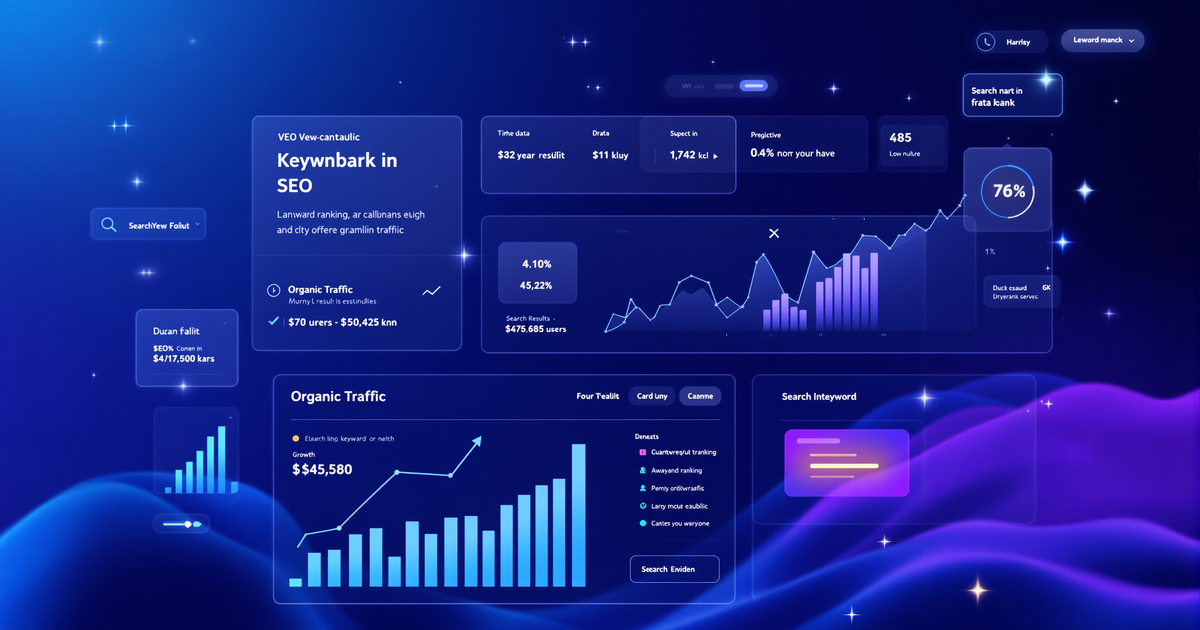What Is Brand Positioning—And Why Does It Matter?
Brand positioning is the art and science of defining a unique place for your business in the minds of your target audience. It’s more than a logo or slogan—it’s about creating a distinctive identity that sets you apart and makes your value crystal clear.
Today, consumers don’t just buy products—they buy experiences, stories, and values that resonate. With endless choices and fragmented digital channels, only brands with strong positioning can cut through the noise and build lasting connections.
Why Brand Positioning Is Crucial in 2025
- Market Saturation: Every niche is crowded. Without clear differentiation, you risk becoming just another option.
- Shifting Consumer Expectations: Audiences demand authenticity, transparency, and shared values.
- Digital Disruption: Social media, AI, and personalization have made brand perception faster and more fragile than ever.
Core Elements of Winning Brand Positioning
1. Define Your Unique Value Proposition (UVP)
Your UVP answers: Why should customers choose you? Focus on what you do best—price, innovation, service, or mission. Make it visible across all touchpoints.
For example, ShipBob repositioned around fast, reliable fulfillment, leading to a 27% increase in conversions.
2. Analyze Competitors—Then Zig Where They Zag
Map out your competitors’ strengths and weaknesses. Find gaps in the market and position yourself as the solution.
Virgin Atlantic noticed traditional airlines lacked fun and customer focus. They positioned as the engaging, customer-first alternative—and won modern travelers.
3. Craft a Clear Brand Positioning Statement
A strong statement includes who you serve, what you offer, and why it matters. Keep it short, specific, and actionable.
Paragon, a professional services firm, used “The benchmark for professional excellence” to stand out through integrity and innovation.
4. Align Visual and Verbal Brand Identity
Your logo, colors, tone, and typography must reinforce your position. Consistency builds recognition and trust.
Luxury brands use elegant visuals and language. Budget brands stay simple and friendly. Match your look to your promise.
5. Choose Your Positioning Strategy
Pick the angle that fits your brand best:
- Price-based: Compete on affordability—like Walmart’s “Everyday Low Prices.”
- Symbolic: Connect through values or lifestyle—like Thesus with sustainability.
- Experiential: Win on customer experience—like Virgin Atlantic’s in-flight service.
- Functional: Solve a problem better than anyone—like ShipBob.
- Emotional: Build loyalty through shared beliefs or feelings.
6. Deliver Consistent Brand Experiences
Every interaction—website, support, social media—must reflect your brand. Inconsistency breeds confusion.
Train your team, audit customer journeys, and ensure every touchpoint delivers on your promise.
Top Brand Positioning Trends in 2025
- Authenticity & Transparency: Consumers favor brands open about values and sourcing.
- Community Engagement: Build loyal followings through shared missions.
- Experiential Marketing: Stand out with immersive events and real-world moments.
- Personalization: Use data to speak directly to individual needs.
Real-World Brand Positioning Success Stories
AEI Consultants (B2B Real Estate)
After rebranding, AEI doubled business from new presentations and increased customer satisfaction by 200%.
Thesus (Sustainable Footwear)
Thesus didn’t just sell eco-friendly shoes—they gave away their IP to advance sustainability, building trust and distinction.
Avis (“We Try Harder”)
Avis embraced being #2, turning it into a strength. Their honesty resonated, driving loyalty and market share.
How to Build Your Brand Positioning: 6 Practical Steps
- Audit Your Brand: Understand how customers see you today.
- Study Competitors: Find gaps and opportunities to differentiate.
- Clarify Your UVP: Focus on what delivers the most value.
- Write Your Positioning Statement: Make it memorable and clear.
- Align Your Identity: Match visuals, voice, and behavior to your position.
- Test and Refine: Gather feedback and adapt quickly.
Common Brand Positioning Mistakes to Avoid
- Being too vague or generic—don’t try to appeal to everyone.
- Inconsistency in messaging or visuals.
- Ignoring customer feedback and market shifts.
- Failing to align your internal team with your brand values.
Ready to Position Your Brand for Growth?
In 2025, brand positioning is the blueprint for loyalty, growth, and resilience. Define your value, know your audience, and deliver authentic, consistent experiences.
👉 Get your FREE 3-minute marketing assessment and receive a custom growth plan from CDM Suite!
CDM Suite helps brands stand out, connect deeply, and grow—no matter how crowded the market gets. Visit us or explore more insights in our blog.



